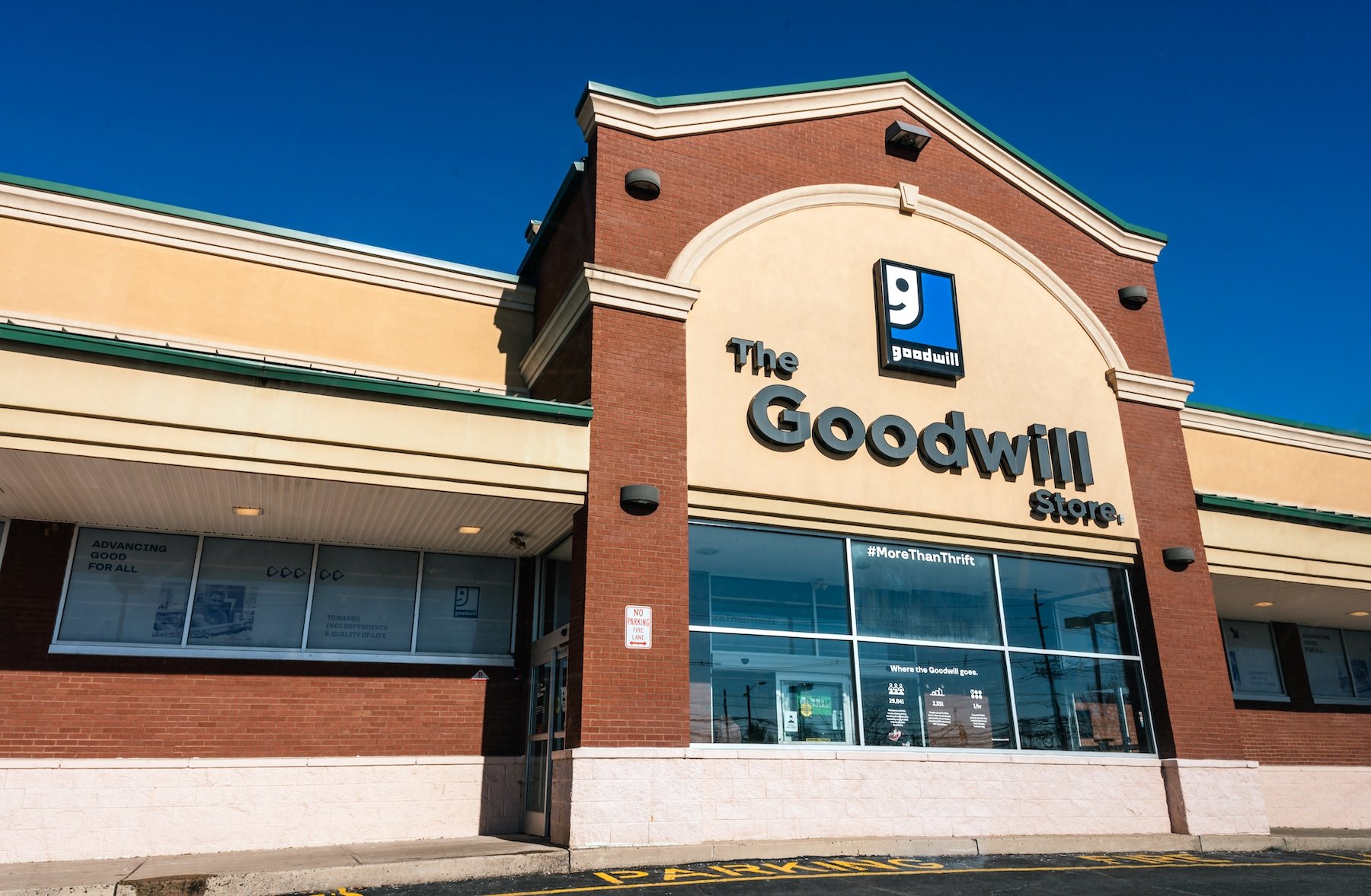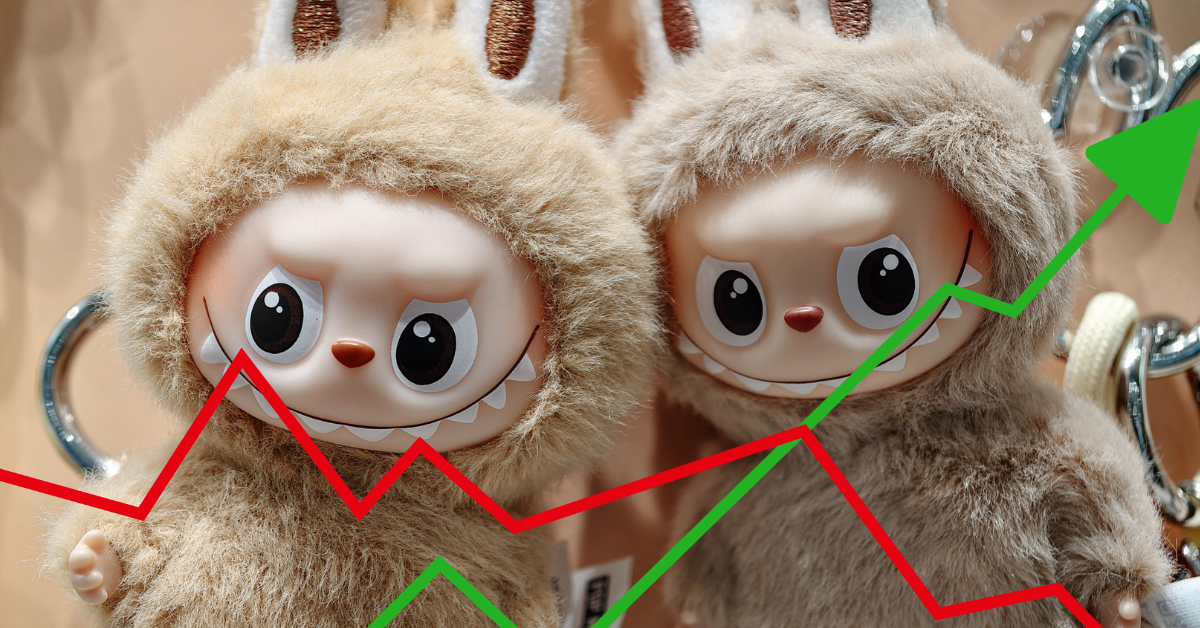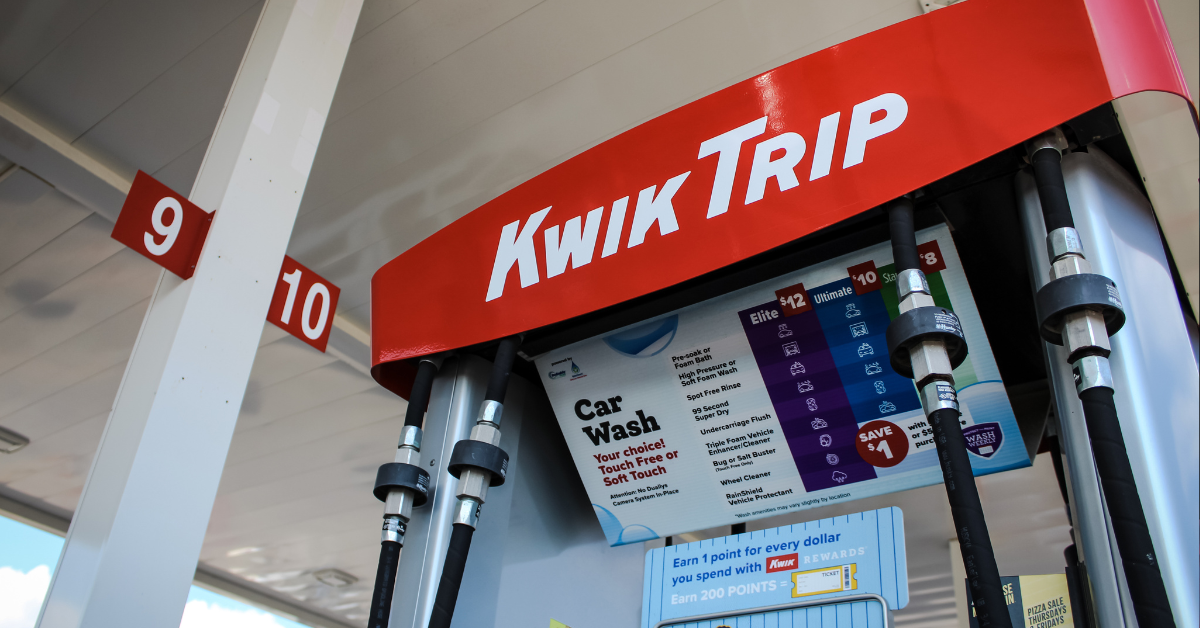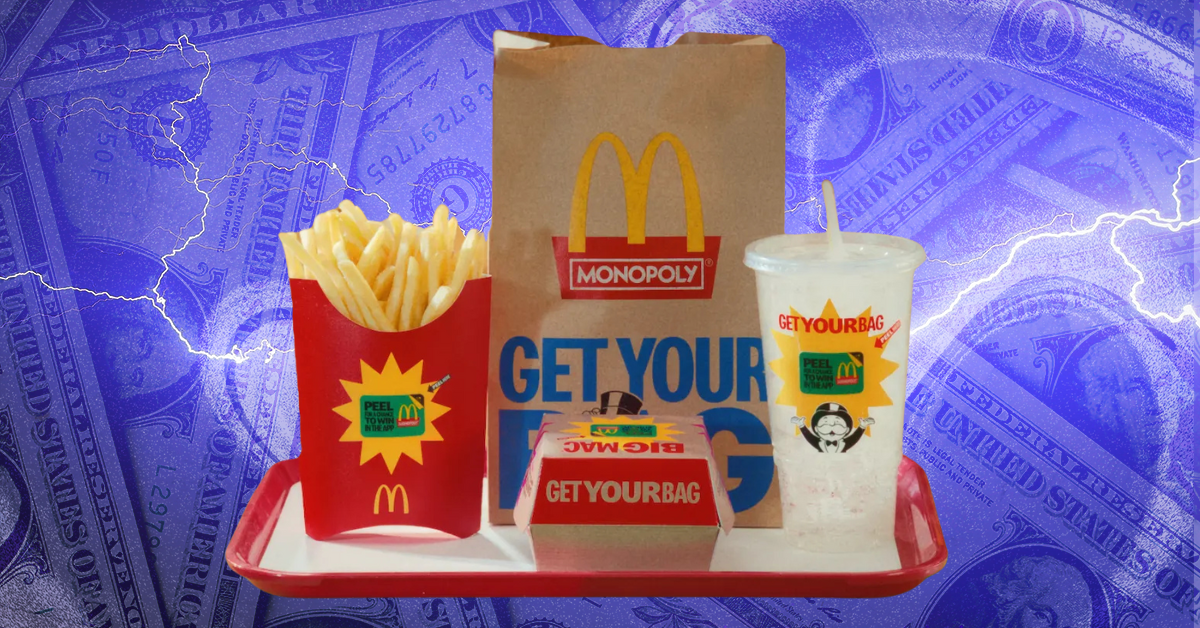
Does the pandemic spell doom for the shop within a shop?
The pandemic could send Sephora and JCPenney to a messy makeup breakup.
Published:
Updated:
Need the full story?
Sign up for The Hustle to get the business world's wildest stories delivered daily. This one's on us.
Related Articles
-

-

Blind boxes are set to take over Christmas
-

Goodwill got a glow-up
-

Now you can bet on Labubus and sneakers
-

Beauty brands for dogs have arrived — Is anyone surprised?
-

Move over, Spirit Halloween. Enter, Urban Air Adventure Park
-

The viral online bakery making serious dough
-

How Kwik Trip became America’s favorite convenience store
-

Everyone’s got a beverage concept now
-

McDonald's is gamifying eating fries again


